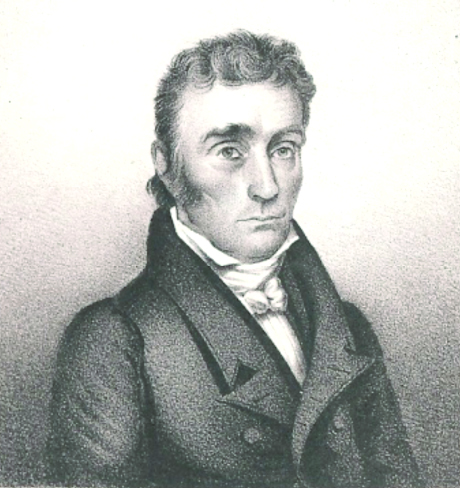The Lull descendants don’t agree, but I think there is little doubt that Oliver Willard was the first settler in Hartland. He was here, at least by 1759, beating Timothy Lull by four years.
It was Oliver Willard who called upon Gov. Benning Wentworth in Portsmouth, N.H. and secured a patent for Hartland (It was Hertford then) on July 10, 1761. Oliver immediately sent out a notice for the following meeting.
“Province of New Hampshire: Notice is hereby given to the Proprietors of Hertford on Connecticut River, That they Assemble at Fort Drummer on the last Wednesday in August next, First, To chuse a Clerk, also a Proprietor’s Treasurer, and to raise what Money shall be thought needful for the defraying the Charges of procuring the Grant of the Township; and to chuse a Committee to bound out the Town, and allot the same (if needful) and raise Money sufficient to defray the said Charges. Also to agree on a method for the calling their Meetings for the future, and to chuse the necessary Town Officers for said Town. Dated at Portsmouth, July 14, 1761. Oliver Willard.”
Who was Oliver and how did he come to be on this stage at this time? He was the 4th generation of Willards in North America, preceded by others who were instrumental in forming our country. Simon was the 1st to settle here from England, and was one of the ones to found the plantation of Concord, Mass in 1635. He had a long and illustrious life.
Next came Simon’s son, Henry (the 11th of 17 children) born in Concord in 1655. Henry provided 14 children to the Harvard, Mass area. One of these was Josiah, born in Lancaster about 1693. He was one of the first settlers of Lunenburg, a Captain in frontier service against the Indian enemy, and was commander of Fort Drummer in Brattleboro. He was an original proprietor in “the township on the East side of the Connecticut River above Nothfield, commonly called Arlington”.
Our Oliver was his son, born in 1729 (7th of only 9) in Lunenburg, and was a Colonel at Forth Drummer by 1748. He was one of the grantees of Winchester and Westmoreland, N.H. He then settled in Hartland, Vt. where he was proprietor of the entire township and sold to the settlers. He took the side of New York in the boundary dispute.
Oliver’s son Levi was the first child born in Hartland, arriving in 1759. Poor Levi was unlucky in love. Levi Willard, the son of Col. Oliver and Thankful Doolittle Willard, was born at Hartland, Vt. and died at Sheldon, Vt. in Oct. 1839 at age 80. He went early to Montreal, E.C. espousing the British cause and being employed in the commissary department; engaged after the war in the Fur Company, and for several years led a wandering life among savages and trappers.
“Traditions have it that previous to this he had married Jane Dailly of Montreal, said to be an accomplished Irish lady; but returning there had been informed of her unfaithfulness and departure for Hartland. Arriving there and finding the report confirmed, he walked his room in agony all night, and found in the morning that his hair had become prematurely gray, After this he taught school some time in Richford, Vt. but at length repaired to Sheldon, where a daughter resided, and there this unhappy man, from being first scholar in his class, (Dartmouth, 1776) descended to his grave in painful humiliation and obscurity.”
Information taken from the “Willard Geneology” by Joseph Willard 1915, “In Sight of Ye Great River” and “Alumni of Dartmouth College by G.T. Chapman, class of 1804.
This article first appeared in the May 26th (2011) print edition of the Vermont Standard.












